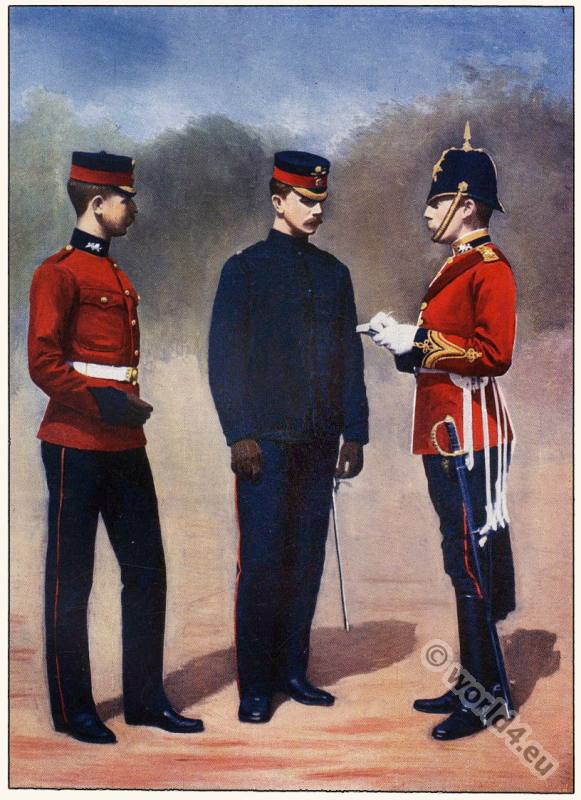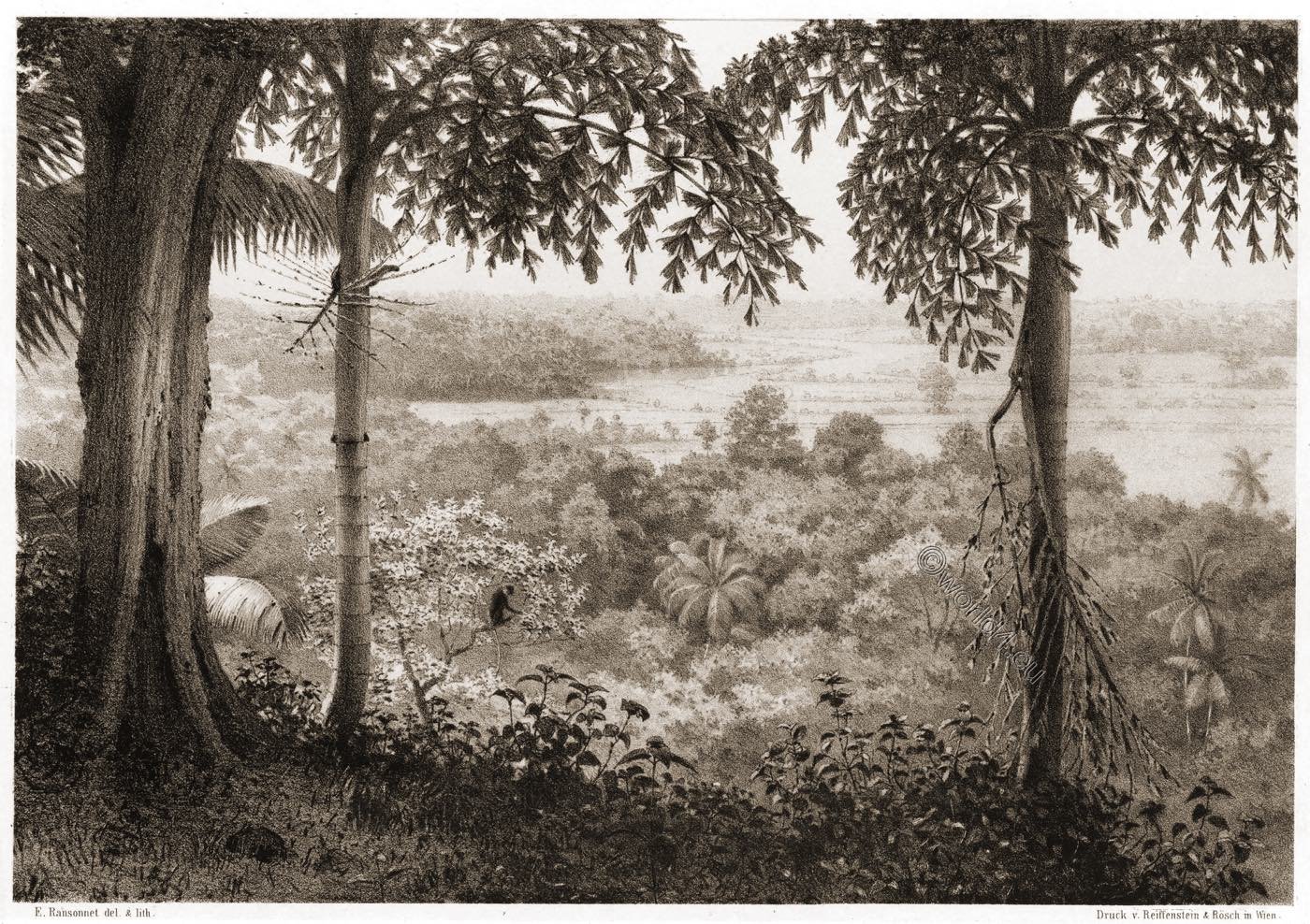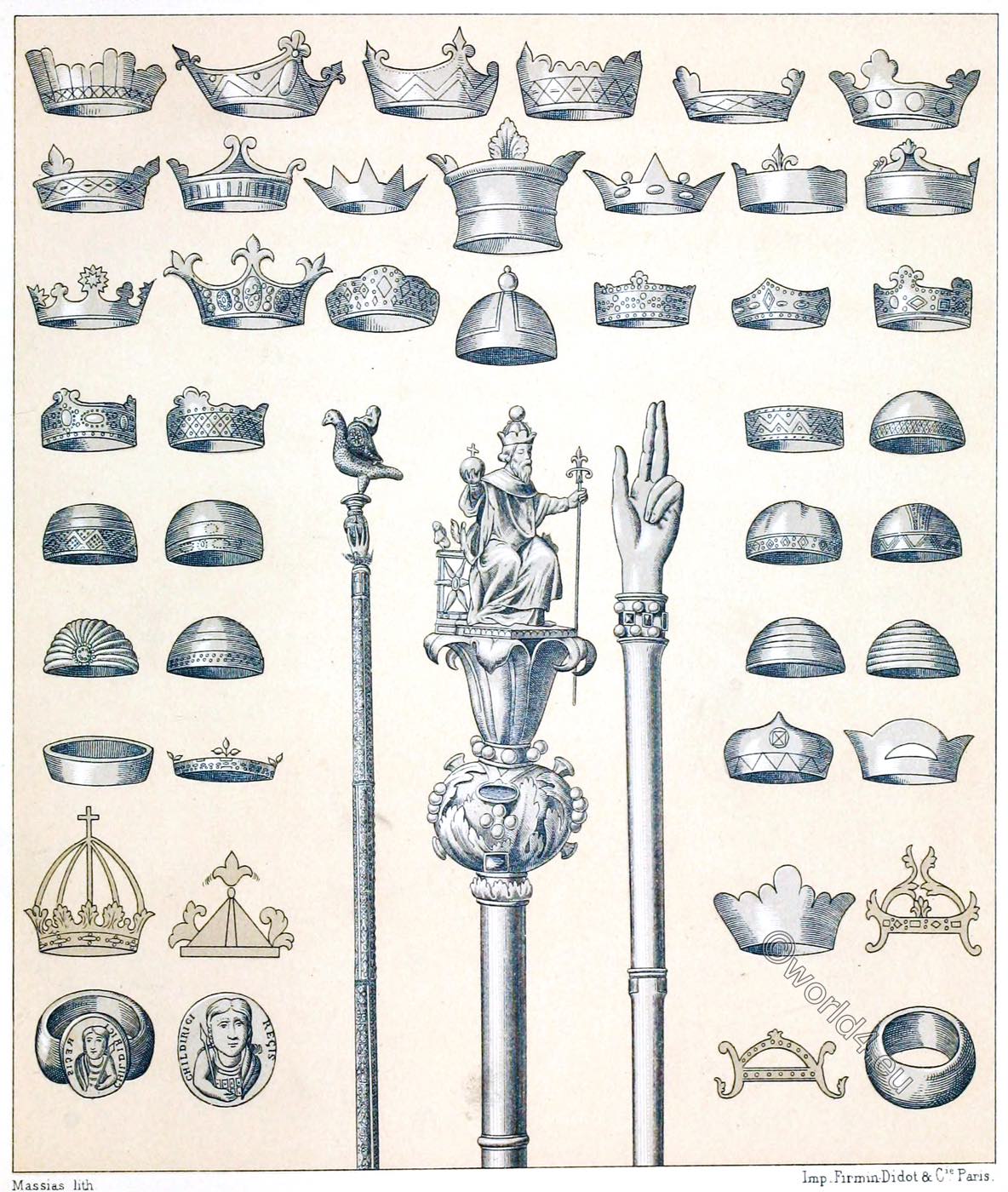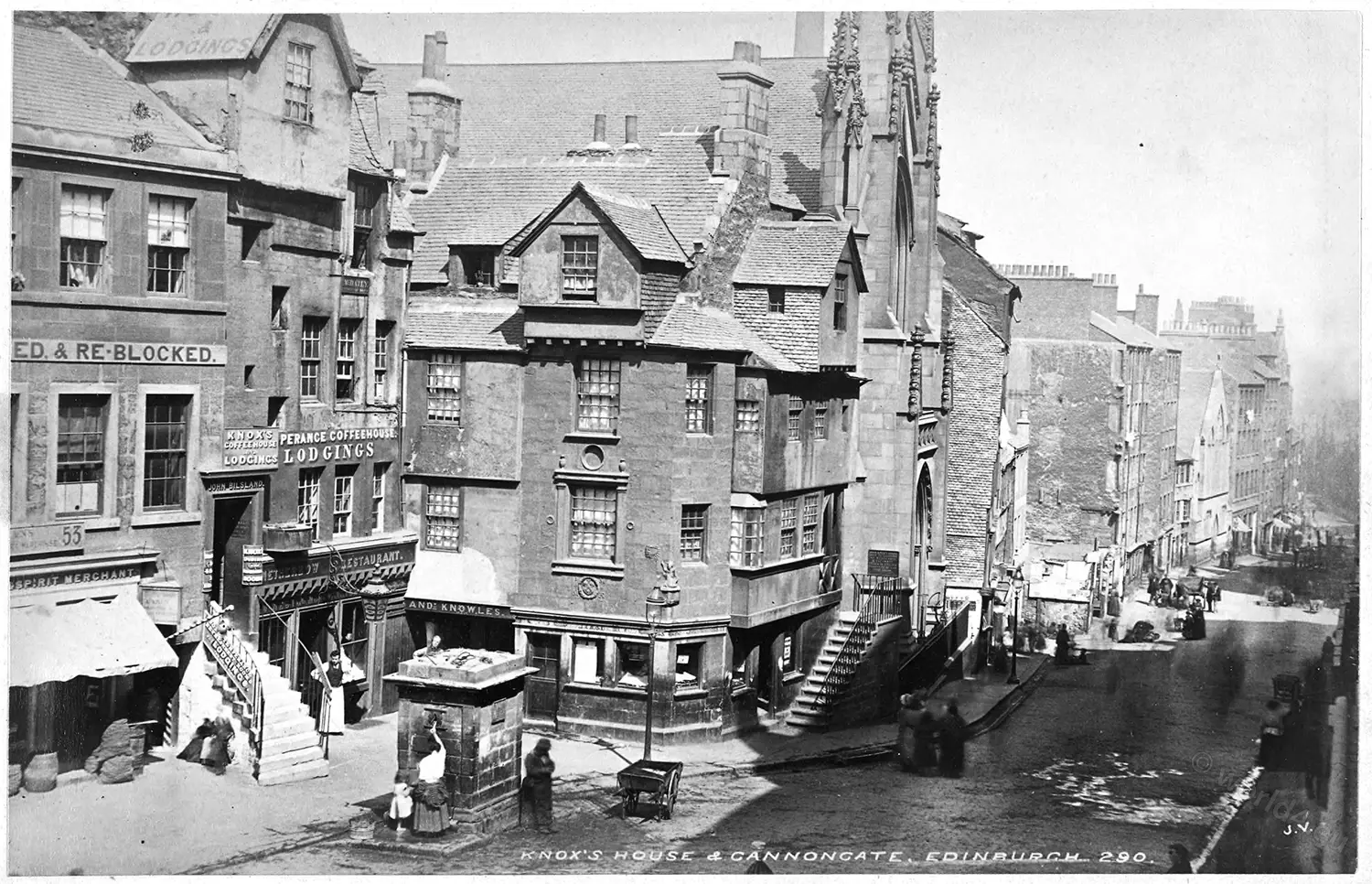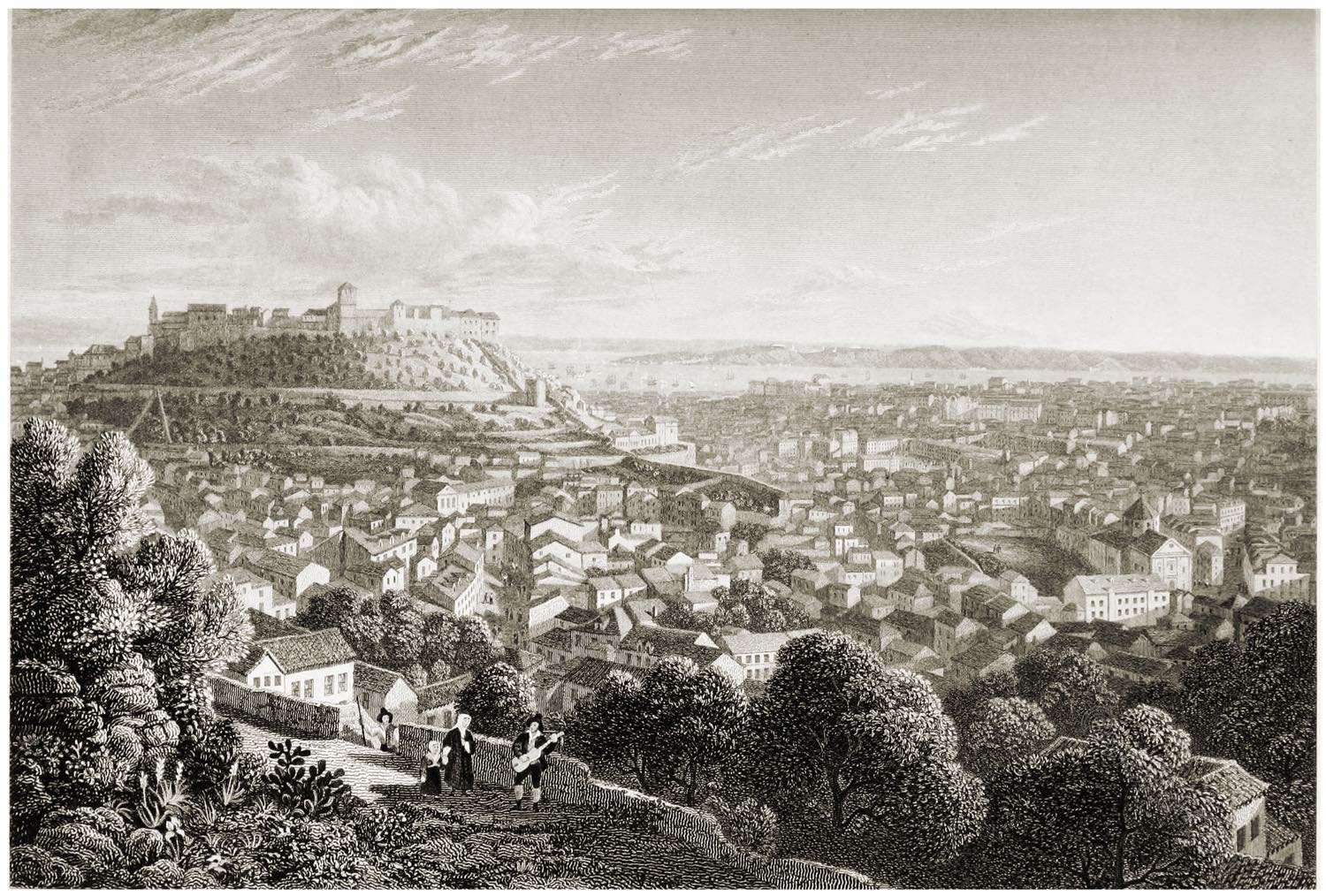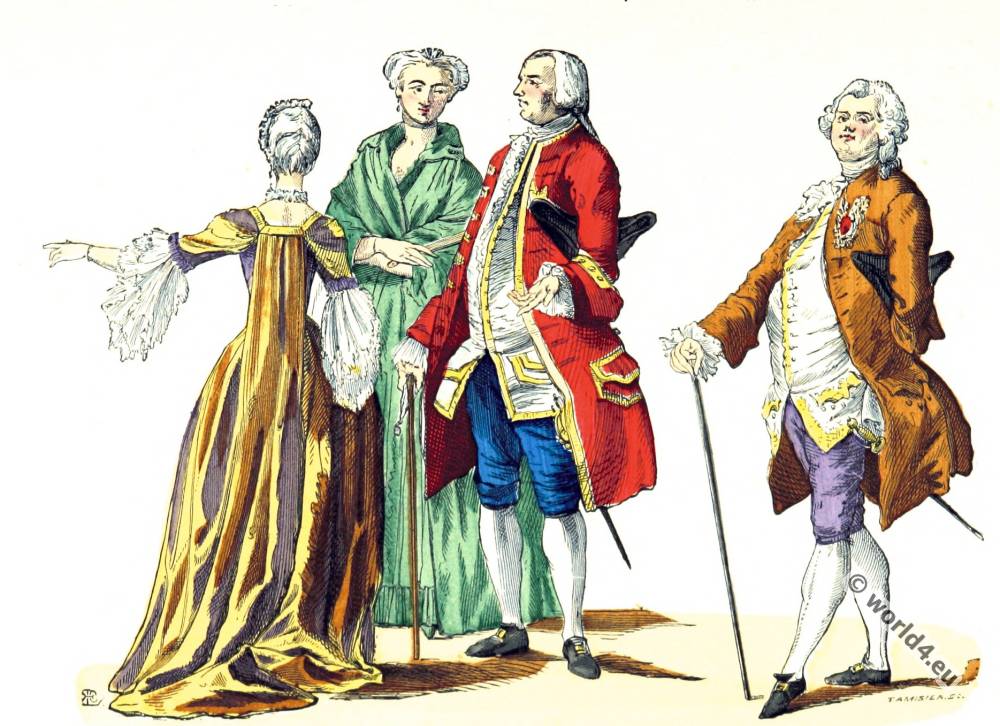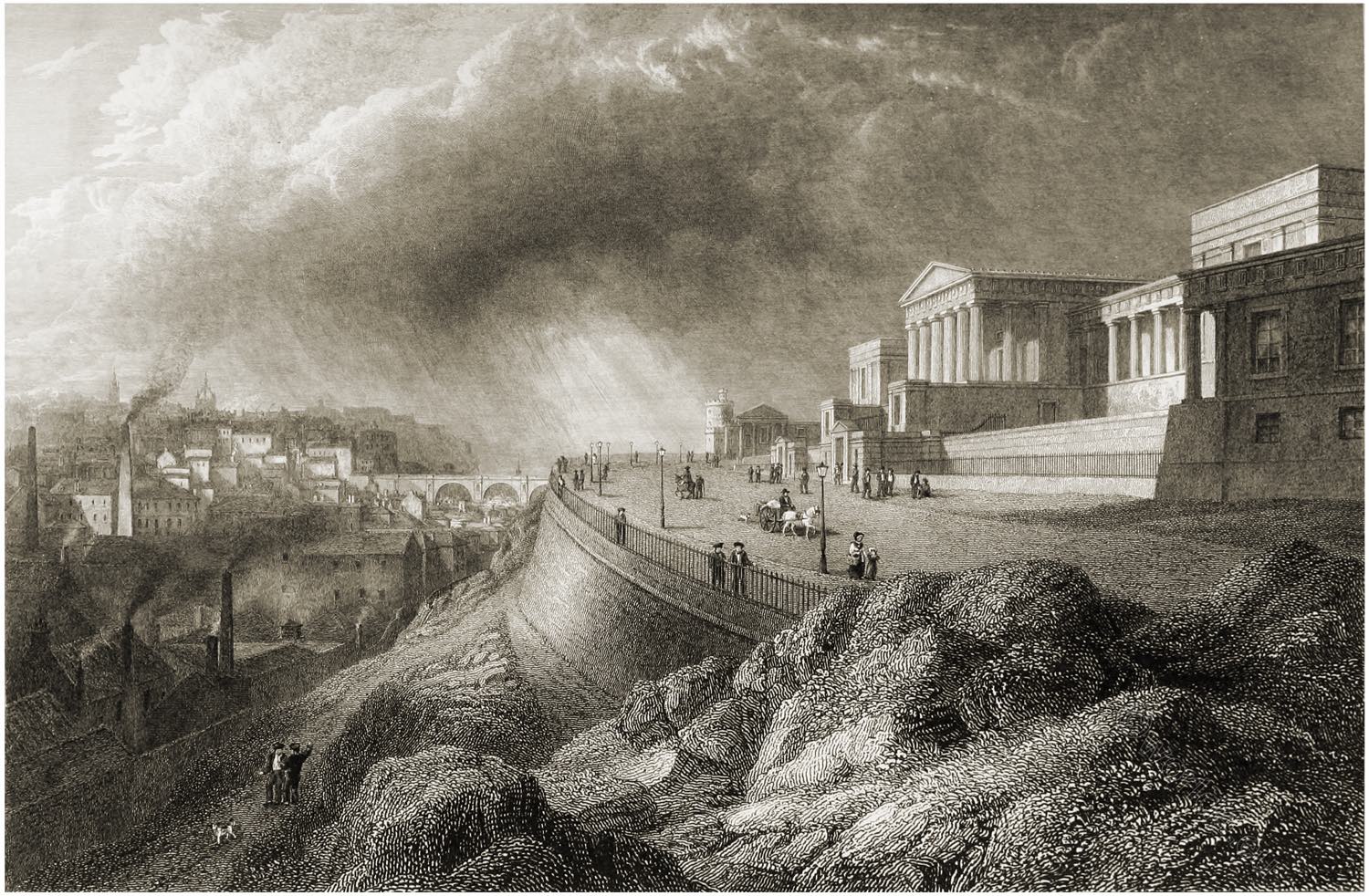
EDINBURGH. THE NEW ROYAL HIGH SCHOOL.
Amidst the various fine edifices which have of late years risen, as if by magic, in this interesting capital, none is more deserving of notice (independent of the admirable purpose for which it is erected) than the new High School.
This beautiful building, erected from the designs of Mr. Hamilton, stands on the southern slope of the Calton Hill, having the lower portion of the Old City backed by the bold profile of Salisbury Crags directly facing it. The Regent Road, forming the new and noble entrance to Edinburgh, serves as a fine terrace in its front.
The beautiful pediment in the centre of the structure is supported by six columns of the Doric order, said to be exact imitations of those of the Temple of Theseus at Athens; and the central compartment is connected with the wings by elegant corridors, also supported by Doric columns. About six hundred scholars attend this noble institution, which was opened with great ceremony on the 23rd of June 1829.
The original Grammar School of Edinburgh was founded in the year 1578; a new and improved High School was next founded in the year 1777; but from the rapid growth of the New Town, and the numerous scholars which had to attend it at so great a distance, it was found necessary to remove the establishment to its present more central situation.
The Old Royal High School, also known as New Parliament House, is a 19th century neoclassical building located on Calton Hill in the city of Edinburgh. The building was constructed between 1826 and 1829 as the city’s Royal High School.
Source: Select views of some of the principal cities of Europe by Robert Batty. London: Moon, Boys, and Graves, 1832.
Continuing
EDINBURGH.
The Castle, from the Grass Market.
Edinburgh, from the Calton Hill.
The Calton Hill, Nelson’s Monument.
Edinburgh, from St. Anthony’s Chapel.
Edinburgh, from the ascent to Arthur’s Seat.

